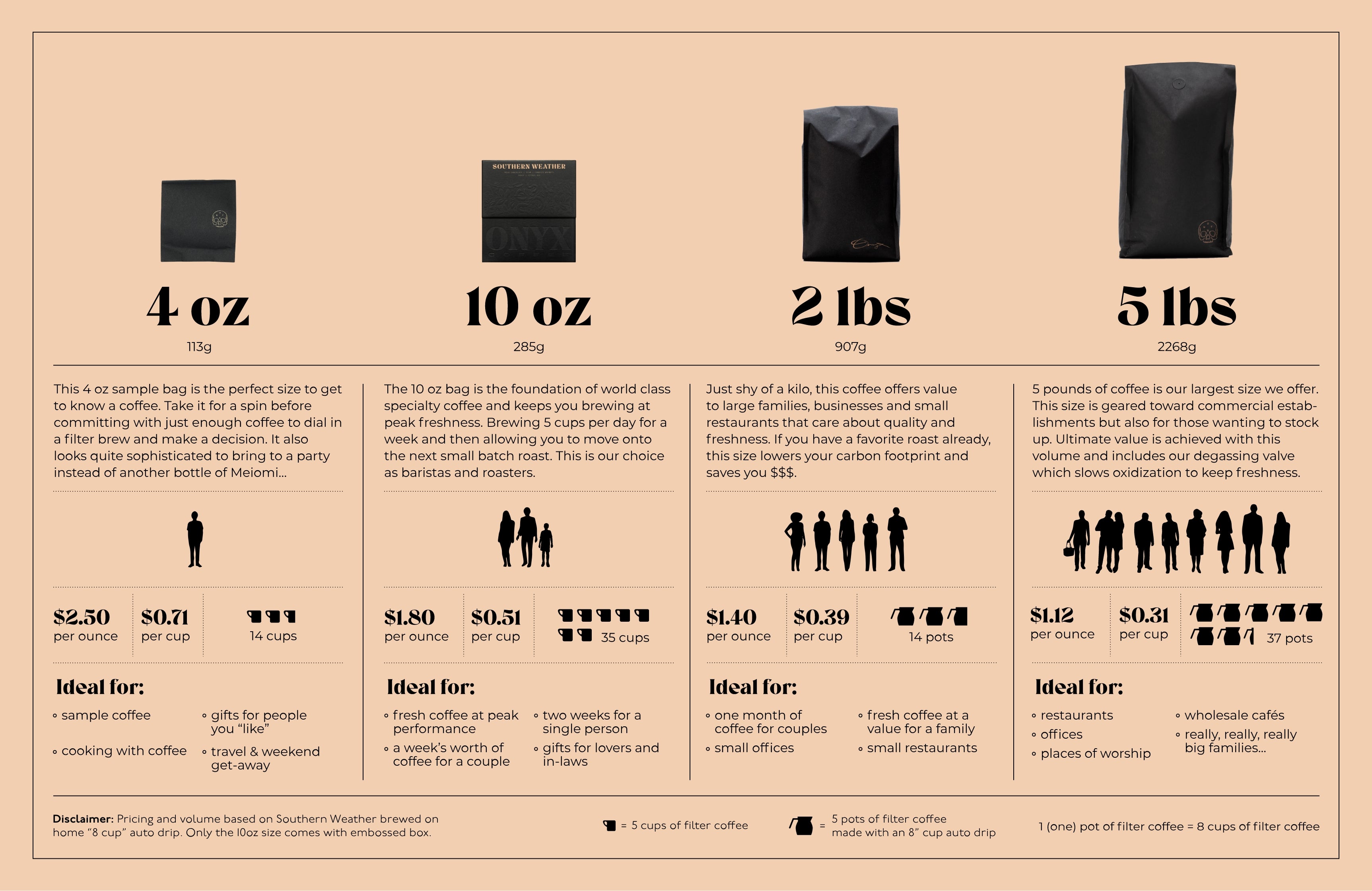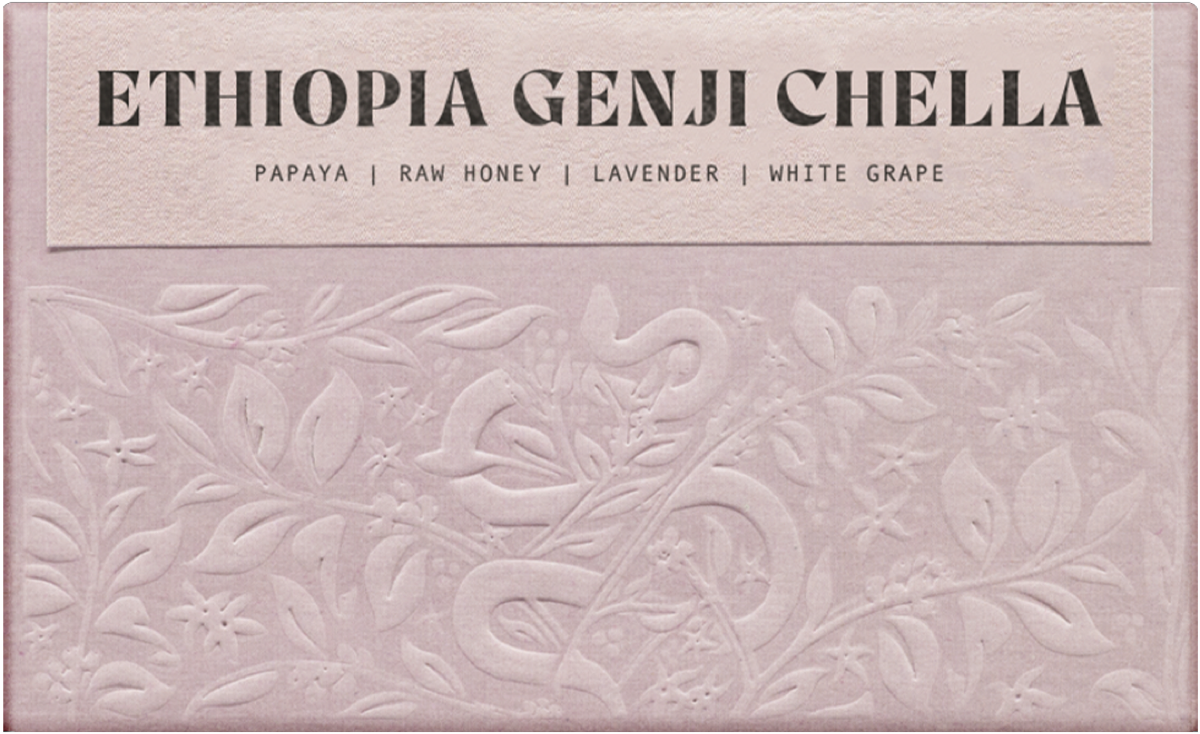Story
This is one of the first arriving coffee of the 2021 harvest from our friends at Catalyst Coffee. Much like the rest of the coffee world, Ethiopian coffee has had a tumultuous and challenging year. Between the pandemic, a tense election, and the start of the Tigray war, sourcing coffee in Ethiopia has presented unique challenges over the past two seasons. Our friends Zele, Emily, and Michael at Catalyst have continued to source amazing coffees and do so with kindness and generosity. At the outset of this season, we faced the fact that we would go through another season of cupping samples stateside and forgoing a trip to East Africa due to the pandemic. Instead of sending samples back and forth, we made the trip to Portland to visit their new lab to cup alongside them. We were able to complete our selections for the entire season after two intense days of cupping. This coffee from the Jimma region stood out on the table of washed offerings with its delicate florals and strong tropical fruit notes. Check out the paragraph below to hear what Catalyst has to say about this coffee.
Gera is technically a district/woreda in the Jimma (Djimma) zone of Oromia, western Ethiopia. Almost 200 years ago, the old kingdom of Gera, one of five ancient Oromo kingdoms in the area, filled almost the same borders as it does today. Then, it was famous for its honey. This is still true, but now it is also famous for its coffee. Old-growth forests blanket over half of Gera at altitudes of over 2000 MASL, an ideal setting for coffee trees to thrive. The Gera coffee farm sits on 1000 hectares of this beautiful area, with most of the land between 1780 to 2100 meters above sea level. Most coffee in Ethiopia is produced by smallholder farmers who bring the yield of their garden variety coffee trees to their local washing station to be processed. Larger farms like this family-owned and operated Gera Farm are not the norm, but they are certainly an example of a larger farm done right. In 2008, the family planted 100 hectares of land in coffee. Every year they have planted more trees, and now have 500 hectares planted to strong young coffee plants, with currently the remaining 500 hectares allotted for natural forest. Agronomists at Gera Farm work with the JARC (Jimma Agricultural Research Center) to choose varieties most suited for the area. In 2011, the family built a washing station at the farm site to process their own coffee and those of surrounding smallholder producers. Another important aspect is the well-being and productivity of the farm’s many employees, and the farm is making it a point to create good working and living conditions for them. To that end, all of its seasonal workers are provided with housing that includes water and electricity, access to education and health care, and recreational facilities
WASHED PROCESSED COFFEES
The washed process begins with coffee cherries delivered to the washing station, both from the primary market or from farmers bringing their coffee directly to the mill. The cherries are inspected, and an initial quick round of hand-sorting separates the defective coffees before placing them into the hopper. They are then funneled to the penagos pulper, which removes the fruit from the seeds. After that phase is done, the coffee is fermented underwater for approximately 24 hours. This phase of fermentation is crucial, as the yeast and microbes are breaking down the sticky mucilage layer found on the outside of the seed following depulp. Once the 24-hour fermentation is complete, the parchment is emptied into the washing channels, where it is agitated with rakes. During this step, the water is refreshed to ensure proper agitation and washing is taking place. Once the washing is complete, the coffee is taken to the raised drying tables for sun drying.



